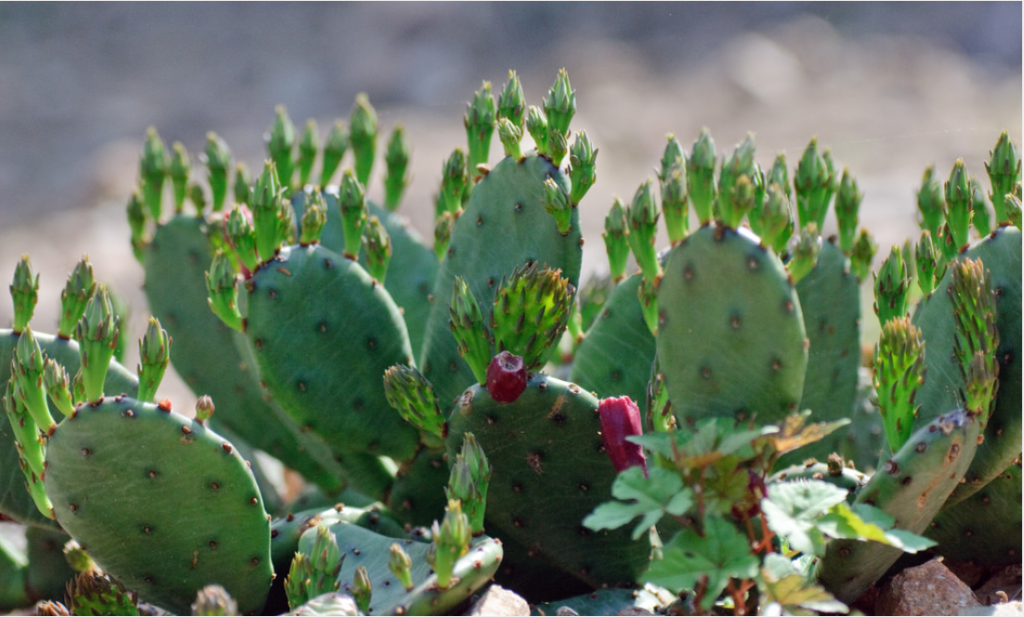
What connection is there between cactus and cows? When combined, they may provide a fresh supply of environmentally friendly fuel. Cactus biofuel could provide an effective substitute for petrol and oil in our search for alternatives. Now let’s talk about NopaliMex, a Mexican startup that has developed one of the first cactus-powered plants ever. Entrepreneur Rogelio Sosa had the concept while trying to figure out how to save expenses for his firm that made corn and cactus chips. He currently uses cactus biofuel to power his semiconductor firm. Since the cost of generating the gas is reportedly half that of the town’s power, Sosa was able to achieve his original objective.
The gasoline generated by NopaliMex will power not just the company’s factory but also the official cars of the town of Zitácuaro, where the plant is situated. It is anticipated that the cars would consume 40% less fuel.
A formula for enduring
Prickly pear cactus (seen in the top photo) is used to make NopaliMex’s biofuel. The prickly pear is ground, combined with manure, and allowed to ferment in order to produce gas. Methane, a fuel-producing gas, is produced when they ferment.
Why are they cacti?While other organic materials, such as maize or sugarcane, may also be used to make biofuel, cactus is a preferable choice for a few reasons. Prickly pears thrive in hot climates and need very little maintenance, including water. These qualities are crucial given the present drought and increasing heat. Furthermore, since prickly pears can grow in places where many other food crops cannot, unlike maize and sugarcane, they don’t take up land that might be utilized for other food crops. The byproducts of producing biodiesel from cacti may also be used as fertilizer for food crops, which is an additional advantage.
According to one expert on bioenergy, 4–12% of the accessible semi-arid land would be needed to produce the same amount of energy annually as we use in gas. However, additional investigation is needed into the infrastructure needed and the sustainability of prickly pear biofuel in the long run. Prickly pears might also be challenging to introduce since they are regarded as an invasive species in certain places.
However, there is a lot of opportunity for a move toward more sustainable energy to power our lives, as initiatives like NopaliMex demonstrate.



